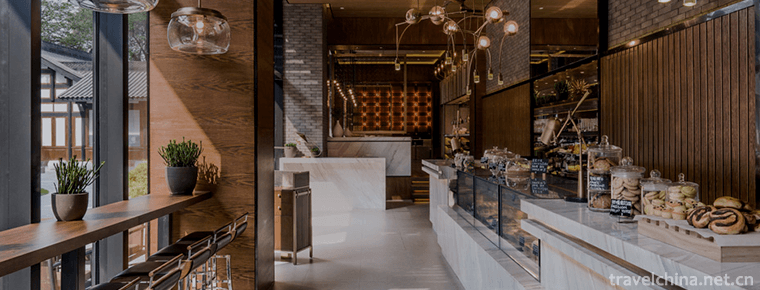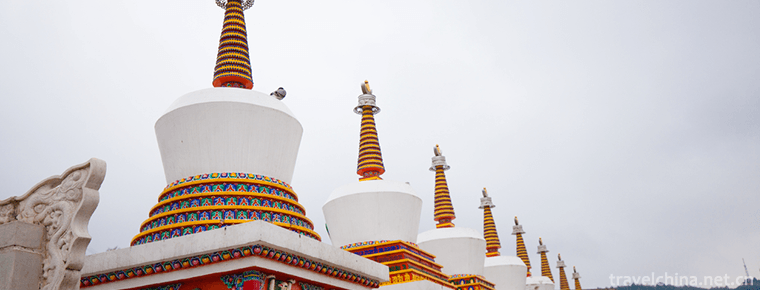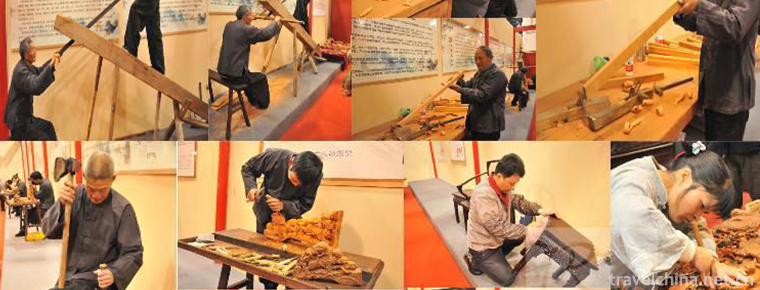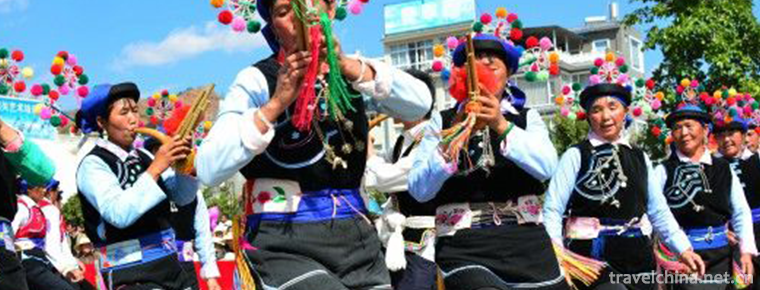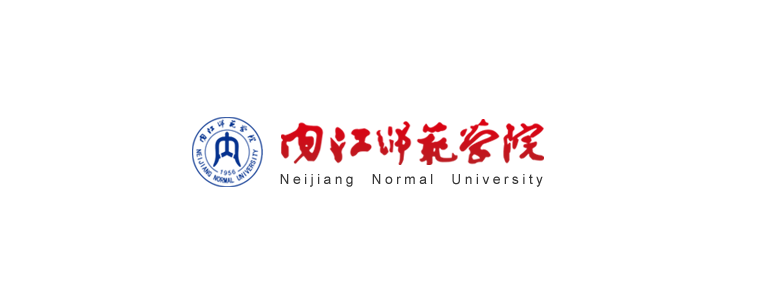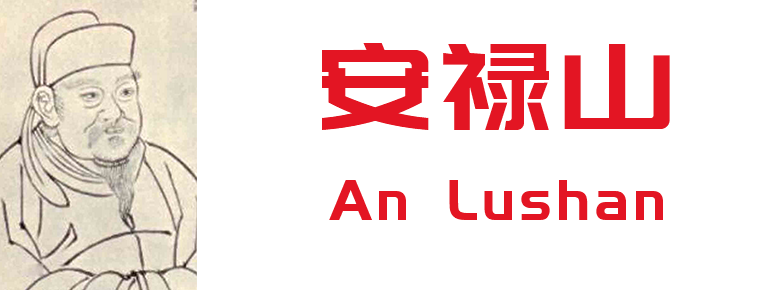Shannan Menba Opera
Shannan Menba Opera
Shannan Menba Opera, one of the national intangible cultural heritages, is a traditional drama in Lebu District, Kangna County, Shannan District, Tibet.
Because Shannan Menba Opera directly adopts Tibetan scripts of Tibetan Opera, it is called "Menba Aguiram" by the people, that is, Menba Tibetan Opera. Legend has it that at the end of the 18th century, Qiangbakelong brought back a Tibetan script of King Norsanfa from Lhasa, from which Shannan Menba Opera began to spread in Lebu. During the performance of Shannan Menba Opera, masked performers, accompanied by gongs and cymbals, interlace and alternate in speaking, singing and dancing, often producing shocking artistic effects. The lyrics are in the form of bulk ballads, and the tunes vary with the content and plot.
On May 20, 2006, Shannan Menba Opera was approved by the State Council of the People's Republic of China to be listed in the first batch of national intangible cultural heritage, numbered IV-81.
historical origin
- Pregnancy and formation
Shannan Menba Opera, known as "Menba Aguiram" by the people, is a unique cultural art created and developed by the people of Menba nationality in their long-term production and life. It is said that Shannan Menba Opera originated in the period of the 5th Dalai Lama. At that time, there was a village called "Yusongshading" in the corner of the gate, where there was a man named Luo Xincao. Because he had made great contributions to the development of production among the people at that time, the fifth Dalai Lama, in order to commend him for his achievements, collected Luo and took additional measures for his disciples, and let him go to Zhepeng Temple to study classics. When he finished his studies, he was honored as the "Mon Ba Meijao Lama, Luo Zai Cao". In 1680, the fifth Dalai Lama allocated additional funds to Luo, sent him back to the entrance to serve as Chief Executive, and at the same time allowed him to build the Dawang Temple. During the construction of the monastery, Luo collected and sorted out many local folktales and legends, and compiled the Tibetan opera "Zhuo Wa Sam" script.
The origin of Shannan Menba Opera is mainly the reward god singing and dancing. Its direct origin is the performance of Baqiang in religious sacrificial activities. By plotting it, a unique Menba Song and Dance Opera has been formed. Although influenced by Tibetan Opera, Shannan Menba Opera did not copy the model of Tibetan Opera, but digested and absorbed according to the aesthetic needs and psychology of the nation, making it an important part of Menba folk culture.
Rescue and protection period
Historically, Shannan Menba Opera was only circulated in the doorway areas, and there was no practice of performing in other areas. Until 1987, Shannan Menba Opera first appeared on the Lhasa Shelton Festival in Tibet. In 1986, the Shannan Menba Opera Troupe in Cuona County was restored when Lebu and Mama were founded, but faced with the loss of actors, the performance was terminated in 1991. In early 2007, with the support of the local government, Lexiang formally resumed organizing the Shannan Menba Opera Troupe. Six Lebu villagers and three Mama villagers jointly formed a nine-member theatre, and the actors were able to receive state subsidies. Now, there are seven performers in the traditional Shannan Menba Opera. There are two kinds of performances. One is complete. It takes at least one week for 18 small plays to finish. The other is compressed version. With the acceleration of people's life rhythm, the performers compressed and modified the program. They can finish the performance in one day. The simple Shannan Menba Opera has been normalized.
Representational repertoire
There are three main repertoires of Shannan Menba Opera: King Norsanfa, Zovasam and Araka. The first two are based on Buddhist mythology, and the last one is based on ancient mythology.
Inheritance and Protection
Inheritance value
Shannan Menba opera is one of the eight Tibetan operas in Tibet, and it is the historical tradition of the Menba nationality. Its main opera, King Norsanfa, is one of the oldest and most widely performed traditional operas in Tibetan opera.
Heritage figures
Gesang Danzeng, male, born in May 1970, is the representative successor of the second batch of state-level intangible cultural heritage projects, declared by the Tibet Autonomous Region. Declaration items: Shannan Menba Opera.
Bassan, male, born in October 1950, is the representative successor of the second batch of national intangible cultural heritage projects, declared by the Tibet Autonomous Region. Declaration items: Shannan Menba Opera.
protective measures
Sang Danzeng, who inherits his personality, is familiar with Shannan Menba Opera and is also the head of the village. He has appeal among the villagers and can motivate them to learn Shannan Menba Opera. His social activity ability is very strong, and he can obtain funds to maintain the daily training of Shannan Menba Opera Troupe and solve the problem of missed work fees for actors and learners.
In 2006, after Shannan Menba Opera was listed as China's first-class intangible cultural heritage, the relevant government departments in Tibet Autonomous Region and Shannan Region have attached great importance to the inheritance of Shannan Menba Opera.
Since 2007, the state and Tibetan local governments have invested 100,000 yuan in the protection of Shannan Menba Opera.
social influence
Important activities
On September 15, 2013, the Cangyang Jiacuo Love Song Cultural Tourism Festival in Tibet, with the theme of "Magic Mountain South of Tibetan Source, Love Gate Corner Lebu", opened in Lebugou, Kangna County, Shannan District, and Shannan Menba Opera was displayed on the spot.

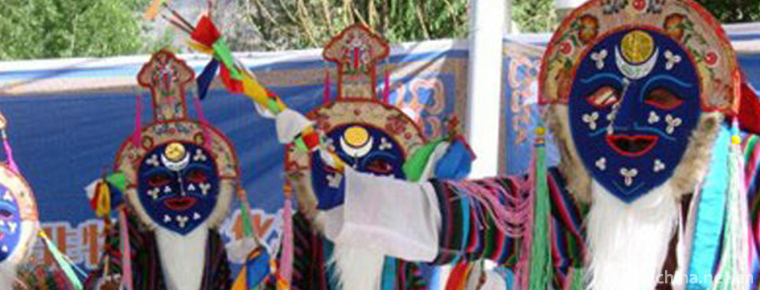
-
Twicecooked pork slices
Twice cooked pork is a traditional dish of Sichuan.
Views: 194 Time 2018-10-12 -
Henan Mayuxing Barrel Chicken
Henan Mayuxing Barrel Chicken is a famous specialty dish in Kaifeng. It is famous for its bright yellow color, salty fragrance, tender crisp, fat but not greasy.
Views: 149 Time 2018-11-25 -
The Temple House Bo she Hotel
Located in Chengdu, the Bosch is a luxury hotel with a unique style, which combines the beauty of traditional and modern design. The shape design is charming and energetic, reflecting the city's legen.
Views: 268 Time 2018-12-16 -
Tar Temple Scenic Area
Tar Temple, also known as Taer Temple, was founded in the 10th year of Hongwu Ming Dynasty (1377). Named after the Great Silver Pagoda built in memory of Zongkaba.
Views: 153 Time 2019-02-13 -
Multi voice Folk Songs of Hani Nationality
Hani multi-voice folk songs are popular in several Hani villages in the eastern part of Azahe Township, Honghe County, with Puchun Village as the center. Their natural environment is closed and traffi.
Views: 169 Time 2019-05-02 -
Furniture Making Skills
Ming-style furniture making skills, local traditional handicraft in Suzhou City, Jiangsu Province, one of the national intangible cultural heritage..
Views: 193 Time 2019-05-05 -
The Yi Nationality Plays Songs
The dance of the Yi nationality is colorful and varied. It is typical of the simple collective dance "Da Song" (also known as "Ta Song") with the entertainment of the masses. In Mi.
Views: 116 Time 2019-07-12 -
Neijiang Normal University
Neijiang Normal University is a full-time general undergraduate college organized by Sichuan Provincial People's Government. Neijiang City, where the school is located, is located in the middle of Che.
Views: 173 Time 2019-08-31 -
Xichang College
Xichang College is located in Liangshan Yi Autonomous Prefecture, Sichuan Province, which is the largest Yi inhabited area in the country "spanning thousands of years step by step". It is a .
Views: 151 Time 2019-08-31 -
An Lushan
An Lushan (703 to 757 years). Yingzhou (today's Liaoning Chaoyang) Kang Name Rolling hill 。 His father may be kang Hu people Mother A Stead S is a the turks Witch. According to legend, his mother did .
Views: 248 Time 2019-09-11 -
Scientific research on Chengdu Giant Panda Base
As of 2016, it has undertaken one national major basic research project (former "973" project), one national "Tenth Five Year Plan" high technology research (863 plan), several provincial, ministerial and municipal scientific research projects and Chengdu Giant Panda Breeding .
Views: 105 Time 2020-12-13 -
Deyang Deyang transportation
By the end of 2018, the total mileage of Deyang highway was 8345.2 km, including 7861.0 km of grade highway, accounting for 94.2% of total highway mileage; 655.8 km of high-grade highway and 205.5 km of expressway. The railway operating .
Views: 240 Time 2020-12-14


